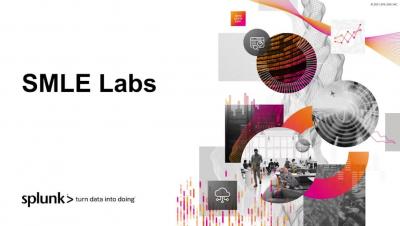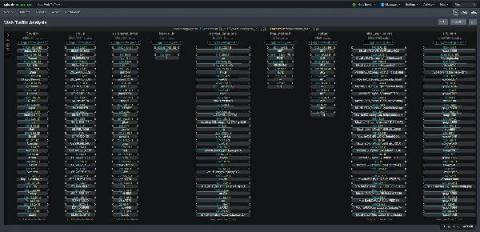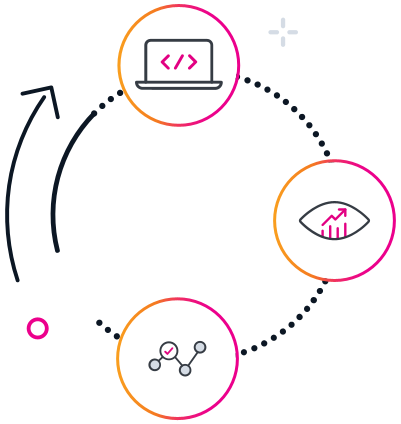Operations | Monitoring | ITSM | DevOps | Cloud
Splunk
Advanced Link Analysis: Part 2 - Implementing Link Analysis
Link analysis, which is a data analysis approach used to discover relationships and connections between data elements and entities, has many use cases including cybersecurity, fraud analytics, crime investigations, and finance. In my last post, "Advanced Link Analysis: Part 1 - Solving the Challenge of Information Density," I covered how advanced link analysis can be used to solve the challenge of information density.
Splunk Developer Spring 2021 Update
The cold season is hopefully coming to an end, and Spring is here! And just like the changes in the seasons, we have a new SDK release, updated developer docs, and other signs of new growth! It’s a great time to update your apps using the latest SDKs for the latest Splunk Cloud and Splunk Enterprise releases. Plant your session proposal in the .conf21 Call For Speakers! It's also time to prune away some older jQuery and Python versions support. Read on for the latest news.
AWS IAM Privilege Escalation - Threat Research Release March 2021
The Splunk Threat Research Team recently developed an analytic story to help security operations center (SOC) analysts detect adversaries attempting to escalate their privileges and gain elevated access to Amazon Web Services (AWS) resources. In this blog, we’ll walk you through an AWS privilege escalation analytic story, demonstrate how we simulated these attacks using Atomic Red Team, collect and analyze the AWS cloudtrail logs, and highlight a few detections from the March 2021 releases.
Splunk > Clara-fication: Dashboarding Best Practices
So you want to build a better dashboard, do you? Well good, you’ve come to the right place! Splunk dashboards are amazing. They are incredibly versatile and customizable. The creation of a dashboard is incredibly simple and can be done all through the UI. If more in-depth customization is required, that can be done through the SimpleXML using HTML panels, in-line CSS, or by uploading a new app from Splunkbase or custom JS/CSS.
Getting Started with OpenTelemetry Python v1.0.0
Since the OpenTelemetry Tracing Specification reached 1.0.0 — guaranteeing long-term stability for the tracing portion of the OpenTelemetry clients, the community has been busy working to get the SDKs and APIs for popular programming language ready to be GA. Next in our ‘Getting Started with OpenTelemetry’ Series, we’ll walk you through instrumenting a Python application and install both the OpenTelemetry API and SDK.
Top In-Demand Cybersecurity Skills in the Upcoming Years
Hey there, We recently ran a series of webinars* on how different-sized cybersecurity teams modernized their security operations and embedded polling questions within the webinars to gather some feedback. A set of possible answers was selected based on the ENISA NIS Investments report. In this blog post I’d like to share the results of the polls and the conclusions we can draw from them.
Exploratory Data Analysis for Anomaly Detection
Many of you might have seen our blogs about different techniques for identifying anomalies. Perhaps you even have a handful of analytics running in Splunk to identify anomalies in your data using statistical models, using probability density functions or even using clustering.
Splunk SOAR Playbooks: Conducting an Azure New User Census
In January and February of 2021, the threat actor called Hafnium used a number of post-exploitation tools after gaining access to Exchange servers through a zero-day exploit. One of their persistence methods was creating new user accounts in the domain, giving them the ability to log back into the network using normal authentication rather than use a web shell or continue to re-exploit the vulnerability (which has since been patched).
Leading with Observability: Key Considerations for Technology Leaders
By 2022, Gartner estimates that more than 3 out of 4 global organizations will be running containerized applications in production. With this comes a new set of monitoring challenges — ephemeral, short-lived infrastructure, complex service interdependencies and on-call developers who now need access to data for fast troubleshooting, just to name a few.








